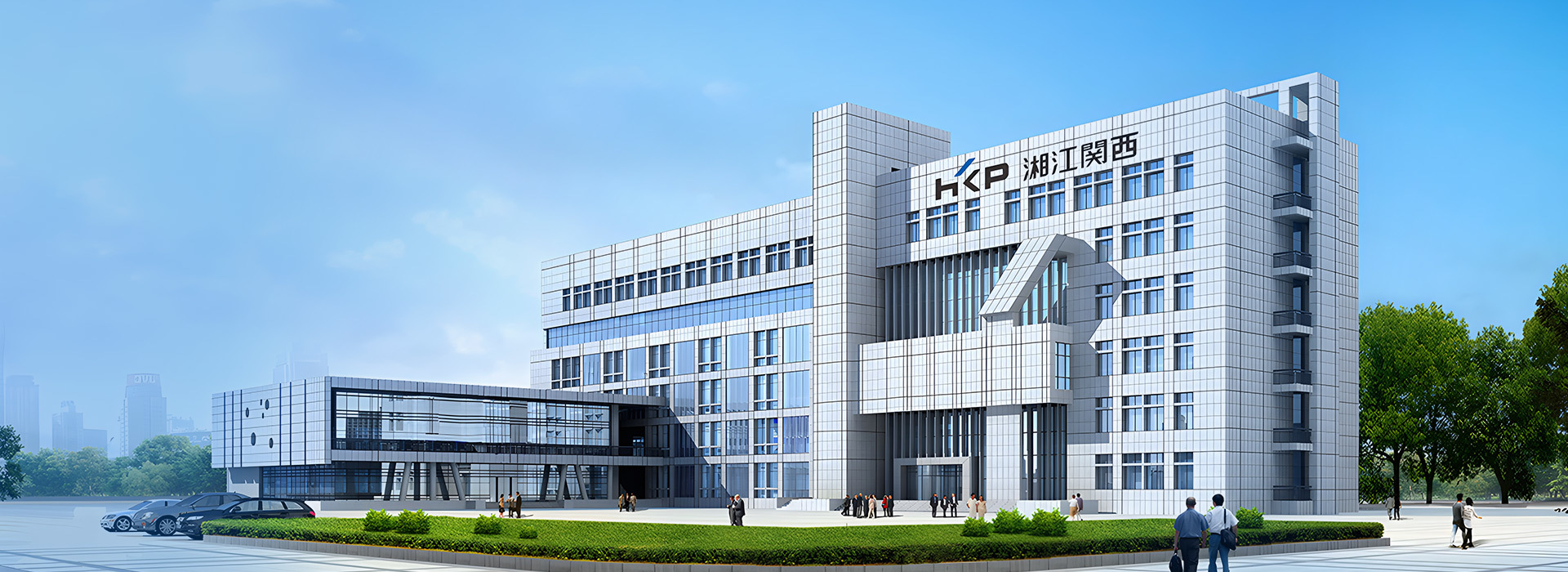The coatings industry is facing overcapacity, and industrial restructuring is imminent.
Currently, China's coatings industry faces the problem of overcapacity. This overcapacity reflects a long-term extensive development model that has led to a disconnect between supply and demand structures, resulting in "structural overcapacity." This is characterized by an excess of low-level, homogenous capacity and a lack of high-end capacity. Although China's total coating output ranks among the world's top, there is an overcapacity of outdated production, with a large amount of coatings needing to be phased out. However, high-quality coatings for high-end applications are in short supply, and some varieties are still unavailable, particularly in the civil coatings sector, where there is a serious problem of homogeneity. In the industrial coatings sector, high-end areas such as automotive coatings, anticorrosion coatings, marine coatings, ocean coatings, and wind power coatings are monopolized by foreign companies, with some high-end raw materials heavily reliant on foreign sources.
Main Causes of Overcapacity
The main reason for the structural overcapacity in China's coatings industry lies in the unreasonable industrial structure and backward development model. Specific problems mainly include weak industry innovation capabilities, peer companies fighting in the low-end market with price wars, and new technologies and products failing to meet demand. The industry's development model is extensive, without a leading industry development pattern dominated by strong enterprises. This has led to disorderly competition and serious duplication of construction. In addition, some coatings companies are eager to expand rapidly and have overly optimistic market expectations, leading to blind investment and expansion in low-end fields. The lack of timely structural adjustment and industrial upgrading has exacerbated the overcapacity in the low-end sector.
Consequences of Overcapacity
Structural and low-end overcapacity results in shared hardship. "Low-end overcapacity" has weakened the competitiveness of China's coatings industry against the international market and foreign companies. Small-scale, low-level producers flood the market with low-priced products, leading to vicious competition and escalating price wars. As the market becomes more regulated and demands for products and services increase, the market for low-end products is shrinking. Recent rapid investment in the coatings industry has exacerbated the duplication of low-end products, increasing the difficulty of industrial structural adjustment and directly leading to declining profits. Some small and medium-sized enterprises and producers of inferior products face a crisis of survival.
Countermeasures
It is awkward that domestic coatings companies, with their vast domestic market, lack competitiveness in low-end products against foreign companies. Overcapacity not only wastes resources but also poses great difficulties for companies and industries, with significant implications. Therefore, resolving overcapacity in the coatings industry is urgent. So how should overcapacity be addressed?
First, accelerate structural adjustment and shift the development model. Adjust the industry and product structure, actively develop production capacity that meets market demand, and transition from a primarily production-oriented model to a production-service model, from traditional coatings to green coatings, from low-end to high-end coatings, and from scale expansion to focusing on quality and efficiency to improve the overall development level of the industry. In addition, focus on improving the market structure, using overseas market expansion as a key means to address overcapacity, and allowing capable companies to accelerate overseas industrial transfer to release excess capacity.
Second, vigorously promote the elimination of outdated capacity and technological innovation. Strengthen industry access, strictly restrict the addition of outdated capacity, and raise the market entry threshold. Increase efforts to eliminate high-energy-consuming, high-polluting, uneconomical, and low-end coatings enterprises. Learn from developed countries and quickly establish a compensation mechanism and implementation rules for the withdrawal of outdated capacity and establish an incentive mechanism for the elimination of outdated production capacity. Increase efforts in technological innovation, focusing on breakthroughs in core, key, and major technologies, enhancing innovation-driven development, obtaining core technologies through innovation, and focusing on supporting high-tech small and medium-sized enterprises and encouraging companies to increase investment in technological research and development. Based on this, companies should focus on variety, quality, energy saving and emission reduction, and environmental protection, strengthening the research and development and industrialization of high-end and environmentally friendly coatings to expand market effective demand and improve product added value.
Third, actively leverage the roles of government and industry associations. In recent years, China has rolled out various environmental protection policies to drive industrial adjustment and upgrading. The government and associations should also formulate "Entry Conditions for the Coatings Industry" to promote industrial structure optimization and upgrading and regulate market competition. In the future, the approval management of new coating projects should be strengthened, the total amount strictly controlled, the quality of existing capacity improved, and the industrial concentration increased. Financial institutions should not provide loans to projects that do not comply with relevant policies and procedures. Encourage mergers and acquisitions to optimize industrial spatial layout and support mergers and acquisitions through financial and tax policies. The formulation and improvement of industry standards are urgent. Formulating corresponding industry standards can effectively control and manage coatings production and, to some extent, automatically eliminate and suppress outdated capacity.
The contradiction between insufficient effective demand and overcapacity is a major challenge for China's coatings industry. Addressing overcapacity is a long-term task, not something that can be solved overnight. The coatings industry and enterprises must take a long-term perspective and address both the symptoms and root causes. Especially as China enters a period of economic transformation, overcapacity becomes an even more challenging issue. The coatings industry and enterprises need to seize the opportunity and actively resolve the overcapacity problem. The China Coatings Procurement Network believes that the coatings industry and enterprises should adopt a series of comprehensive measures such as controlling the total amount, independent innovation, eliminating outdated capacity, and mergers and acquisitions to resolve overcapacity. The most fundamental aspect is the courage and determination to adjust the structure and optimize industrial upgrading, accelerating the transformation of the development model to address both the symptoms and root causes.
Previous Page
Previous Page


